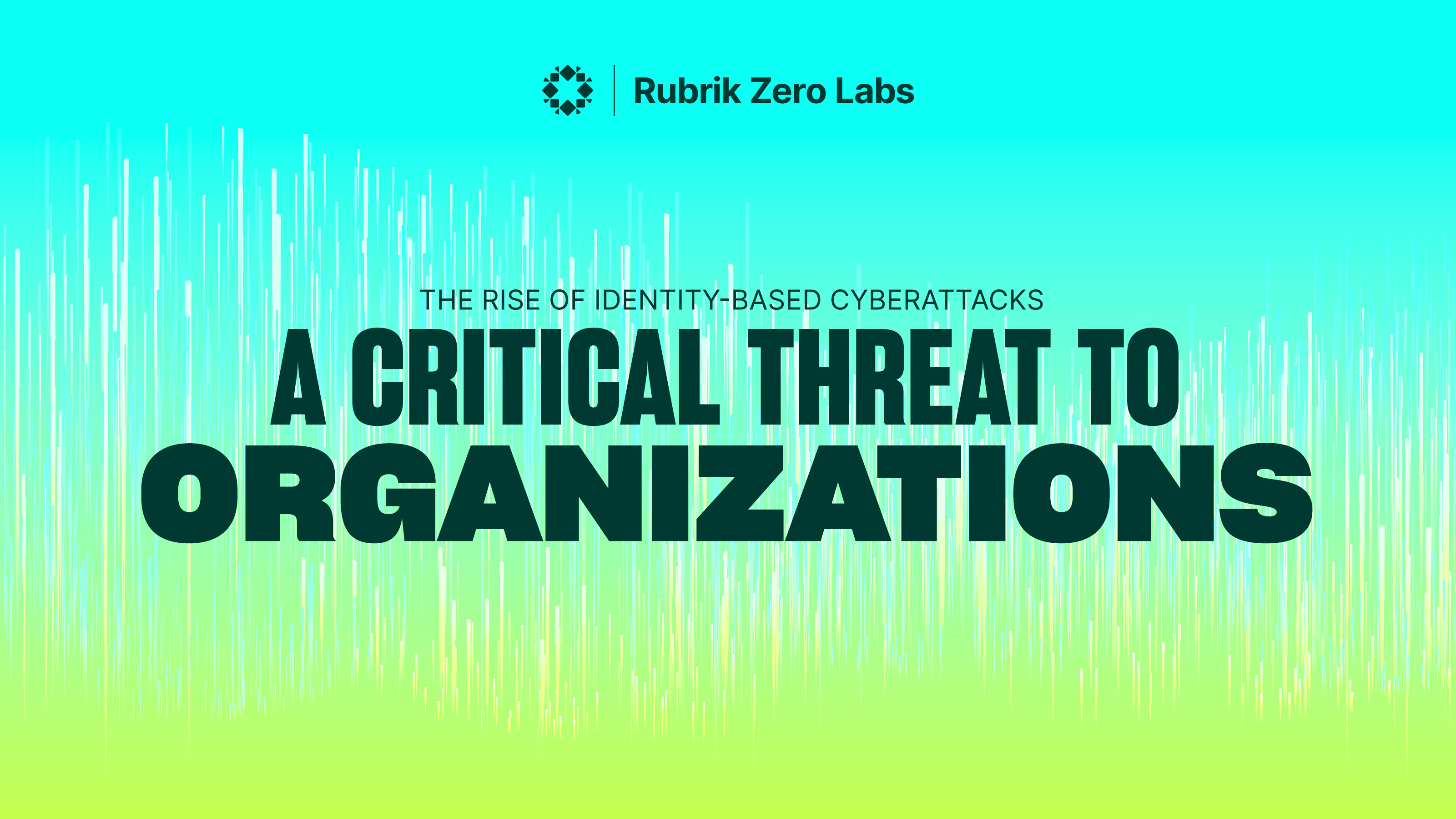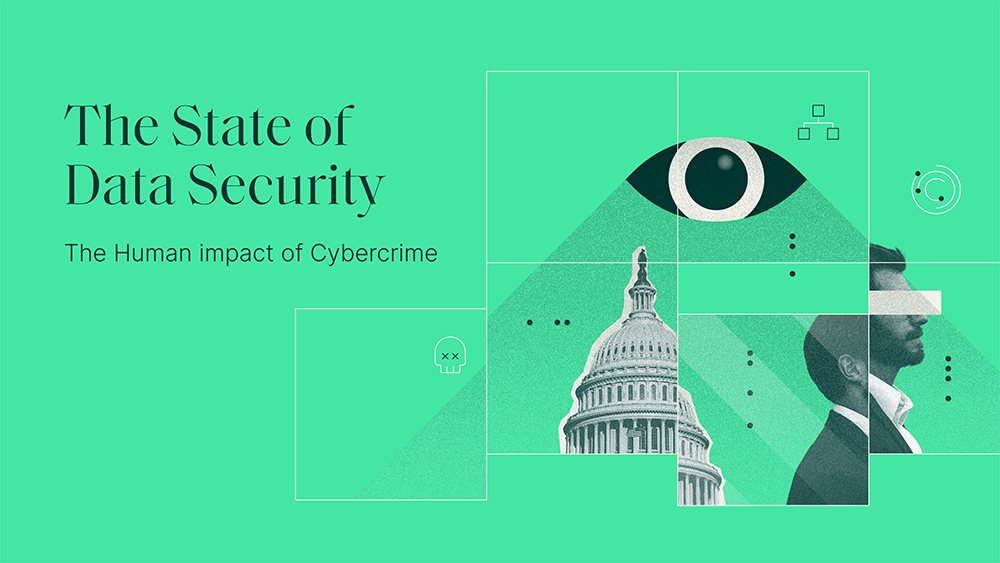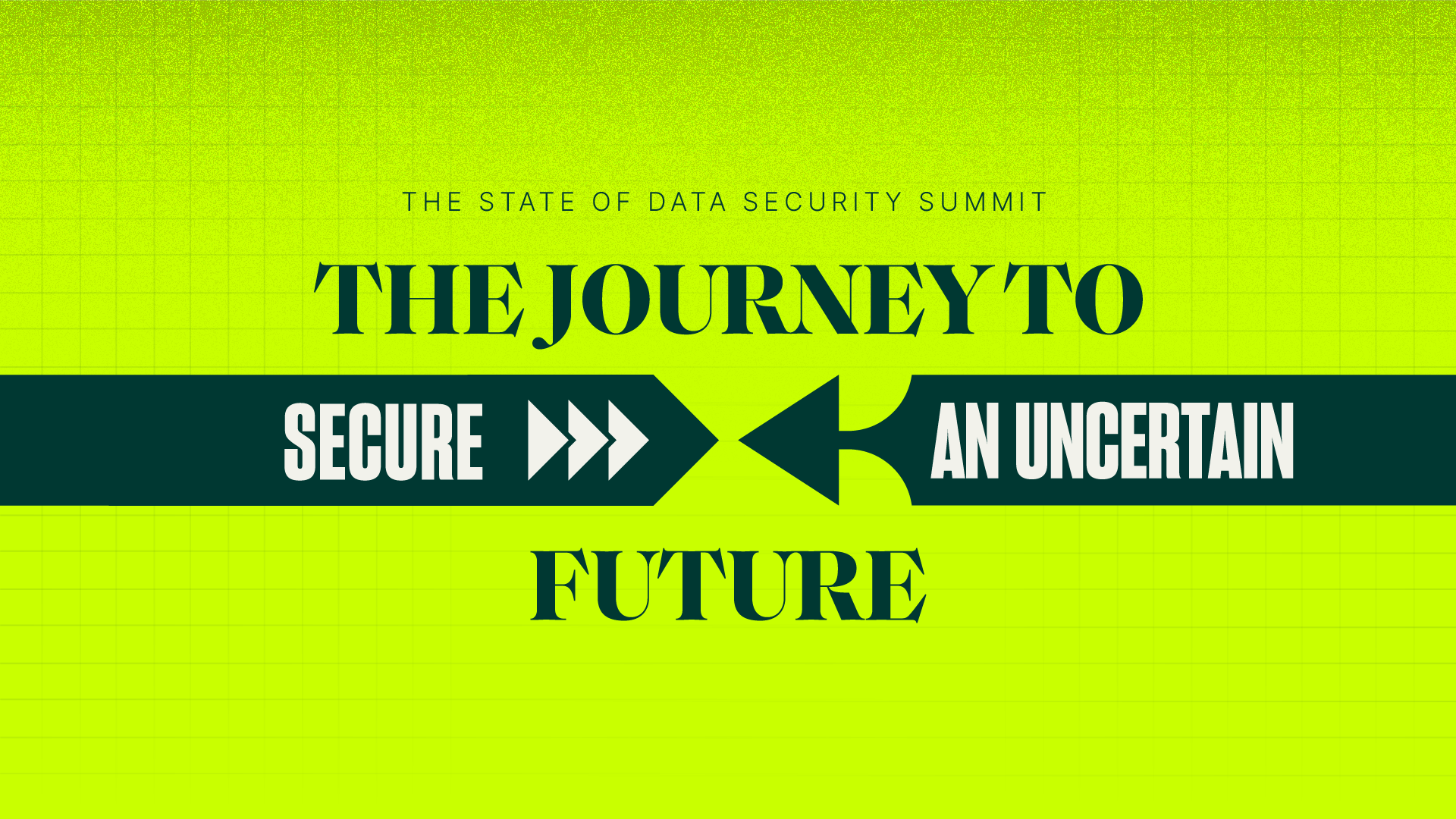
The Rise of Identity-Based Cyberattacks: A Critical Threat to Organizations
Identity-based attacks are now among the most common and dangerous threats organizations face. Today, nearly 80% of all cyberattacks are identity-driven, according to Rubrik research.
blog
The Rise of Identity-Based Cyberattacks: A Critical Threat to Organizations
Identity-based attacks are now among the most common and dangerous threats organizations face. Today, nearly 80% of all cyberattacks are identity-driven, according to Rubrik research.
blogThe digital landscape is rapidly shifting, and with it, the tactics employed by cybercriminals. Identity-based attacks are now among the most common and dangerous threats organizations face. Nearly 80% of all cyberattacks are identity-driven, exploiting compromised user credentials to gain unauthorized access to critical systems (Rubrik Zero Labs, 2025). Zscaler’s ThreatLabz 2024 AI Security Report report further underscores this growing threat, reporting that nearly 70% of all cyber incidents involving AI tools are linked to identity-based vulnerabilities. CrowdStrike's 2024 Global Threat Report report adds that identity-based and social engineering attacks still take center stage, with attackers compromising networks at a faster rate, highlighting the urgency for robust identity protection measures.
The Insider Threat: The Rise of Compromised Credentials
As the report further reveals, 28% of IT leaders cited insider threats, often due to compromised credentials. These insider threats can be particularly difficult to mitigate, as they often involve trusted users whose access is exploited by malicious actors (Rubrik Zero Labs, 2025). Zscaler's report adds that 90% of identity breaches are caused by phishing or credential stuffing, which have grown by 58% year-over-year. CrowdStrike's report notes that adversaries are executing cross-domain attacks, targeting identity, cloud, and endpoint domains, often using stolen credentials to move laterally across environments.
The True Cyber Resilience Platform: Safeguarding Identities and Access
To protect against identity-based attacks, the true cyber resilience platform incorporates a Zero Trust security model that ensures every access request is authenticated and authorized, regardless of the user’s location or device. Rubrik's platform enforces strict identity verification for every access request, reducing the chances of unauthorized access and limiting the damage from compromised credentials. Zscaler's report emphasizes the importance of AI-driven anomaly detection to identify unusual access patterns, providing early warning signs of potential identity-based breaches. CrowdStrike's report highlights the need for rapid detection and response to mitigate identity-based risks across domains.
Conclusion: Strengthening Identity Protection for a Resilient Future
The rise of identity-based cyberattacks demands immediate and decisive action from organizations. As the digital landscape evolves, cybercriminals are increasingly targeting compromised credentials and exploiting identity vulnerabilities to gain unauthorized access to critical systems. With nearly 80% of cyberattacks being identity-driven, safeguarding user credentials has become a top priority (Rubrik Zero Labs, 2025).
To address this growing threat, organizations must implement a comprehensive strategy that emphasizes identity resilience. This strategy should ensure that every access request is continuously authenticated and authorized, regardless of the user’s location or device. A true cyber resilient platform plays a key role by not only reinforcing identity protection through Zero Trust principles but also integrating a preemptive recovery engine to quickly restore compromised systems, minimizing the impact of identity-based breaches.
A critical part of this approach is risk assessment. Given that identity infrastructures and solutions are often the first place threat actors target, assessing and managing risks associated with identity systems must be prioritized. This proactive risk management ensures that vulnerabilities are identified and addressed before they can be exploited by attackers.
Actionable steps for organizations to build resilience against identity-based attacks include:
Adopting Zero Trust Security: Ensure that no user, device, or application is inherently trusted. Continuous authentication and access validation are essential to mitigate the risk of compromised credentials. By integrating this approach, organizations minimize the likelihood of unauthorized access, even when credentials are stolen (Zscaler ThreatLabz, 2024).
Deploying Anomaly Detection Tools: Implement AI-powered anomaly detection systems to monitor user behavior and detect potential identity-based threats in real-time. These systems provide early warning signals, enabling organizations to take action before a breach can escalate into a more significant threat (Zscaler ThreatLabz, 2024).
Incorporating a Preemptive Recovery Engine: A preemptive recovery engine must be a part of the identity resilience strategy. This capability ensures that, in the event of an identity-based breach, the organization can swiftly recover compromised data to the last known safe state (so as not to reinfect the environment) and restore normal business operations. The recovery engine enables quick remediation of breached systems, reducing the time attackers have to exploit stolen credentials and ensuring business continuity (CrowdStrike, 2024).
Prioritizing Risk Assessment for Identity Infrastructures: As identity systems are the primary targets of cybercriminals, risk assessment of identity infrastructures and solutions must be treated as a top priority. Regularly assess and manage risks associated with identity systems to ensure they are robust, secure, and prepared to withstand evolving threats (Zscaler ThreatLabz, 2024).
Training and Awareness Programs: Educate employees about the risks of phishing, credential stuffing, and other social engineering tactics. Regularly updated training programs are essential to reduce human error and keep employees informed about the evolving nature of cyber threats (CrowdStrike, 2024).
Regular Audits and Reviews: Conduct periodic reviews of access controls, privilege management, and user roles to ensure that only authorized users have access to sensitive systems. This ongoing process helps maintain control and visibility over who is accessing critical systems and data (Rubrik Zero Labs, 2025).
By integrating these best practices and leveraging a cyber-resilient platform, organizations can strengthen their ability to mitigate identity-based breaches and ensure they are prepared to respond swiftly to emerging threats. Identity protection, coupled with preemptive recovery capabilities and proactive risk management, is no longer just a security measure; it is a critical component of an organization’s long-term resilience, allowing businesses to remain secure and agile in the face of an ever-evolving threat landscape.
NEWSLETTER
Get insights straight to your inbox


